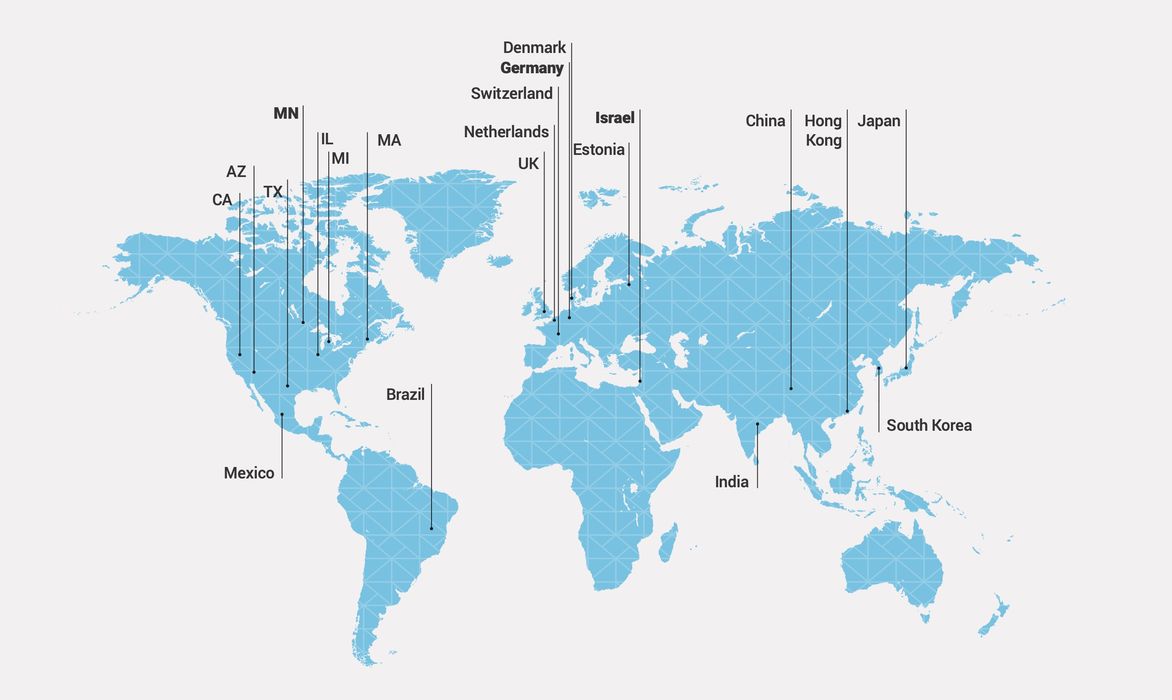
Stratasys issued their second ESG and Sustainability report.
The report covers the period 2021-2022, so it’s a little behind, but that’s not surprising when you take a look at this enormous report: it’s over 100 pages of detail that covers all aspects of the company’s activities.
The report goes into considerable detail describing how the company addresses the ESG (Environment, Social and Governance) and sustainability initiatives and achievements.
At the beginning there is an interesting chart showing how the priorities of the company management match up with those of surveyed stakeholders. By and large, the thinking of the two match quite well.
The highest priority items for both include:
- Community Investment and Involvement
- Diversity, Inclusion and Equal Opportunity
- Employee Health and Safety
- GHG Emissions and Climate Change
- Sustainable Products
- Circular Economy; Pollution & Biodegradability
- Transparency and Reporting
- Governance
That’s quite and impressive list, and after seeing this I do wonder about other 3D print companies that have not issued a similar report on their activities and priorities.
You’ll have to read the report for yourself to see the incredible number of achievements by Stratasys. Here’s an example, from page 39:
“In 2023, we discontinued procurement of single-use plastic cutlery at our Israeli facilities. Based on 2022 procurement figures, this step will eliminate around 582,000 pieces of plastic cutlery annually, totaling about 2.2 tons of plastic waste diverted from landfill. This move also will reduce GHG emissions associated with the manufacturing and disposal of plastic cutlery, avoiding around 14.1 tons of CO2-e each year, the equivalent of planting 240 trees.”
There are countless items like this, page after page in the report.
Towards the bottom of the report is a large data section. In it you can see, for example, a complete breakdown of Stratasys’ energy consumption. It seems that in 2022 they used only 1.1% renewable energy, which is very low. However, in 2021 they used zero renewable energy. I’m expecting this number to rise substantially in subsequent reports.
Their greenhouse gas emissions have dropped 18% since 2018, and the company seems to be on a good downward trajectory for GHG emissions.
The report is quite impressive in the level of detail provided, and transparently shows the company’s progress in a variety of areas of interest.
Stratasys seems to be the only major 3D print company that provides this type of report, which is quite unfortunate. It’s understandable that smaller operations might not have the resources to produce a report of this size, but there are many companies that certainly could.
But they don’t.
